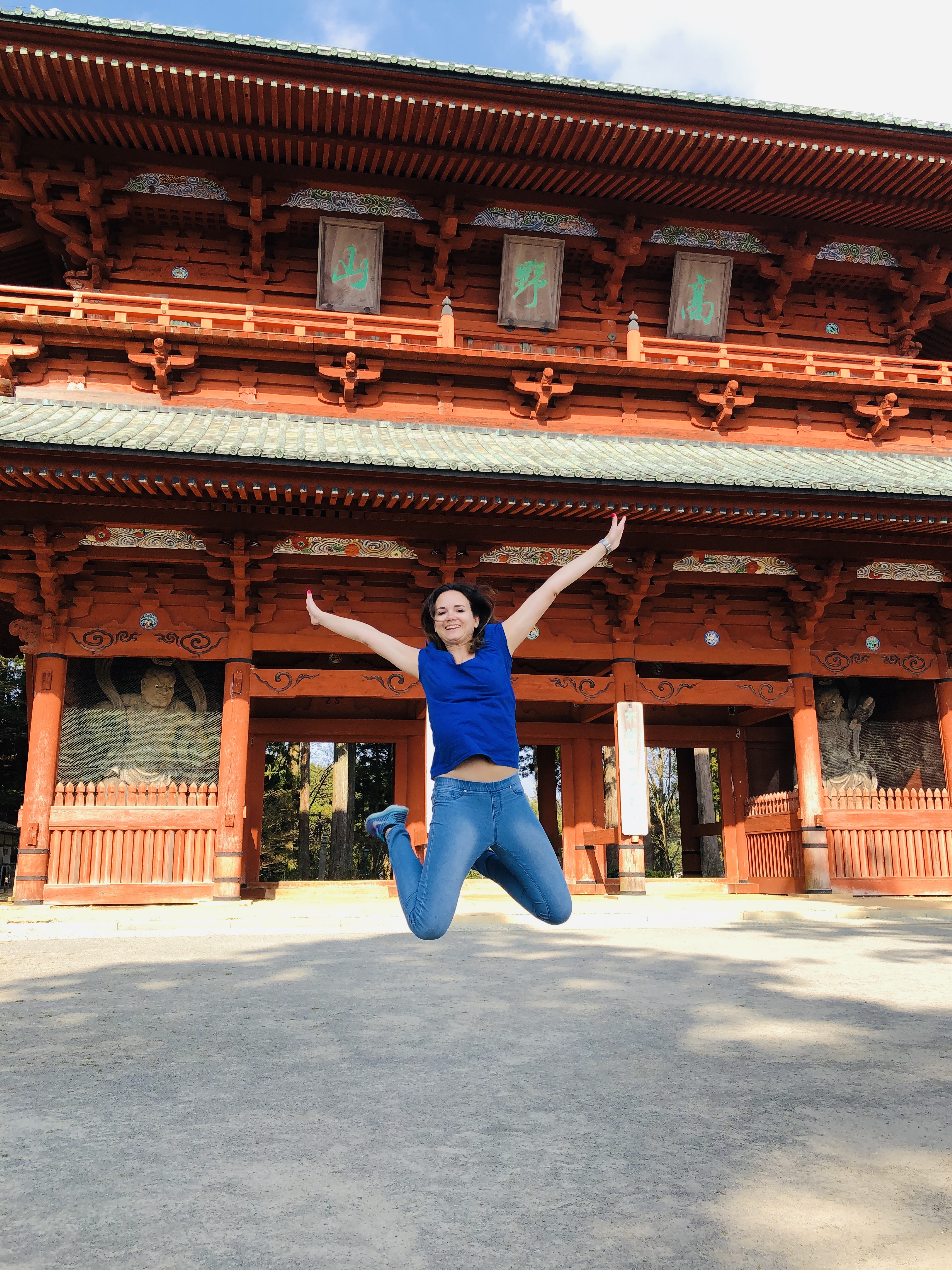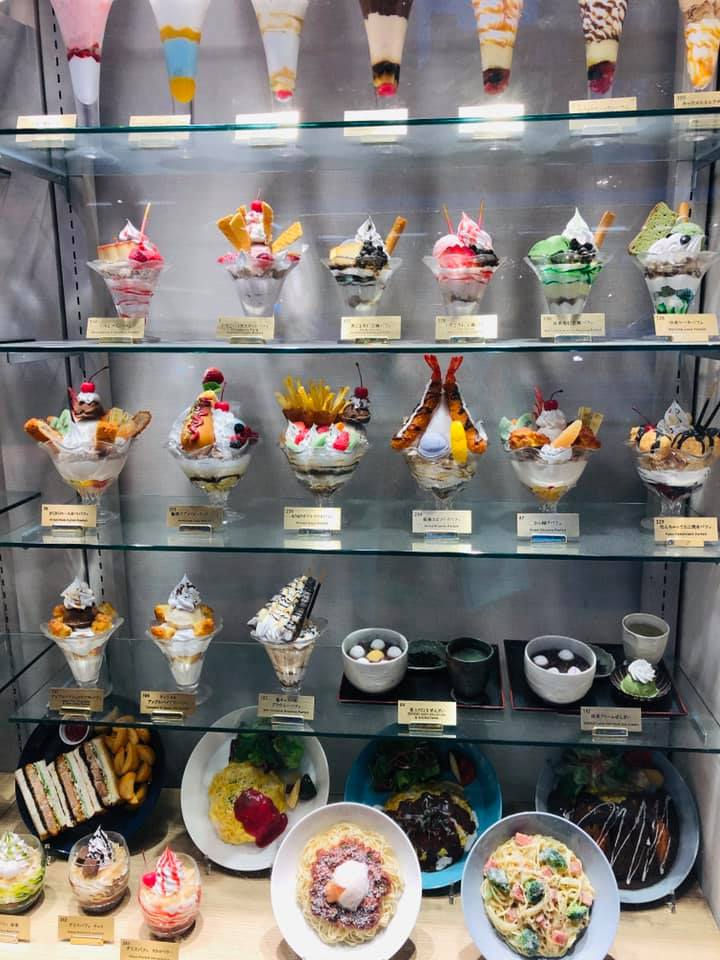Day 8: en-route to Takayama
- Clémence

- Jul 14, 2019
- 3 min read
Updated: Jul 27, 2019
We were very excited as it was the first time we were going to take the "bullet train" called Shinkansen. It was our first day of use of our 7-day JR Pass (that you need to use 7 days in a row). This is worth noting that you would need to order your JR Pass outside Japan before your trip. You will then need to exchange your JR Pass in a special JR Pass station agency (the ones accepting to exchange vouchers). We would highly recommend you to book any JR trips in advance once you reach Japan. For us, it was the Golden Week, and some of the trains were already sold out and in some of our trips we were not able to seat together. So, be prepared and organised!

The Shinkansen platforms are very impressive and you can prevent yourself from taking a few pictures or videos of the trains. Inside the train, note that there is not a lot of space at all for the luggage (but we had shipped again our luggage from the hotel Kyoto to our hotel in Tokyo as we were just going to spend a few nights before going to Tokyo). This is a larger than a TGV or any other trains, with two seats on the left and three on the right in each row.
We took the JR Tokaido from Kyoto to Nagoya (~ 45 minutes) and transfer to the JR Hida to Takayama (~2 hours). The entire one way journey - totally included within the JR Pass - took us about three hours and the landscape towards Takayama was very pretty.
Takayama is a medium-sized town and is easy to explore on foot. This is the logical stat or end point for trips into the Hida Region and the Northern Japan Alps.
When we arrived, we checked-in at our guesthouse called Rickshaw Inn [in the Lonely Planet], located very centrally, in less than 10-min from the JR station and main bus station. We stayed for 2 nights in a Japanese-style room which was very satisfactory. Note that bathroom and facilities are shared but it was always very clean.
After a quick lunch in a ramen place, we took a bus from the bus station to the Hida Folf Village (~10-15min for 210 yens).
Hida Folk Village - 700 yens
The village contains a dozen of traditional houses and buildings that you can visit. This gives you the chance to envision Japanese rural life in previous centuries. There is a pond in the middle which is also very pretty. The return bus was very early so we knew that we would come back on foot.
While we started under a magnificent sun, it suddenly started to very cloudy and to even snow! This was quite a surprise!

After a snowy walk back to the town interrupted by a stop in some "factory" suburb shops, we eventually reached our guesthouse.
For dinner, we decided to go to a restaurant that was recommended in the Lonely Planet called Kyoya. Located on the corner by a bridge over the canal, we loved straightaway the atmosphere and the table we got assigned. We were seating on tatami mats around a long charcoal grill under a cathedral ceiling supported by dark timbers. We went for some local dishes including beef & vegetables to grill as well as Hida beef hoba-miso (beef with sweet miso paste grilled on a magnolia leaf). It was excellent! Great choice!
Then, we followed again the Lonely Planet recommendation, and ended up in a tiny cosy bar. The owner Hisayo was super welcoming, playing great music, speaking good English and shared with us various small little presents (home-made rice, origami, popcorn, etc.). Definitely a must-go if you are travelling on your own! Very good address!




Comments